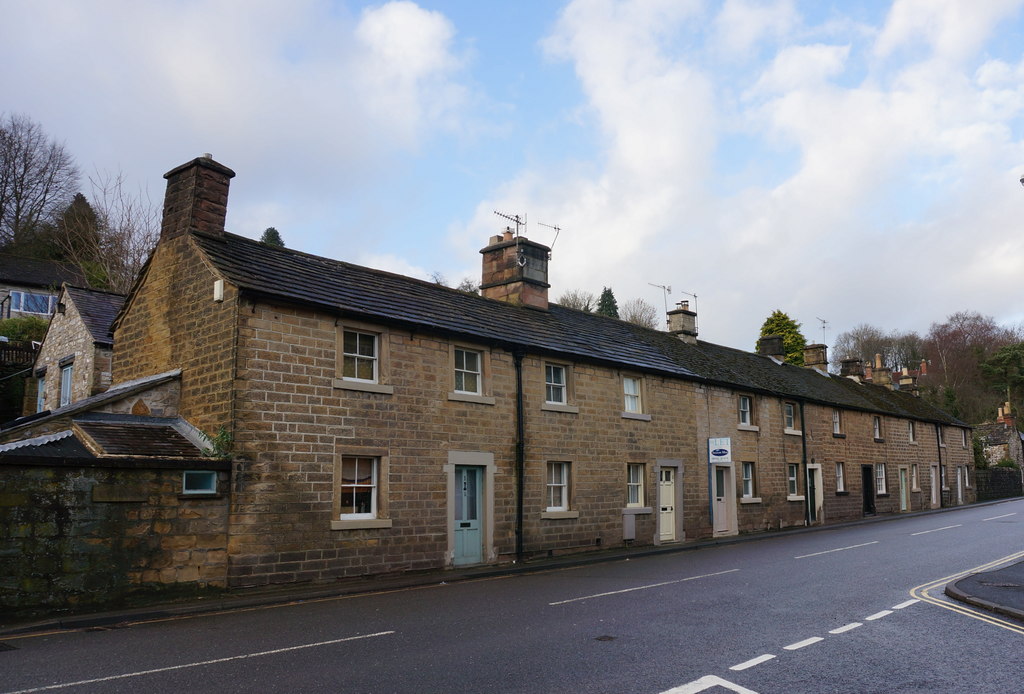
Obtaining Listed Buildings Consent
What Is A Listed Building?
Listed buildings in the UK fall into three categories:
- Grade 1 Listed Buildings make up only 2.5% of the total and these are buildings of ‘exceptional interest’.
- 5.8% of listed buildings are categorised as Grade 2* (grade two star) and these buildings are of ‘more than special interest’.
- The remaining 91.7% are Grade 2 listed and are buildings of ‘special interest’.
If you are buying an older property and it has a listed status you will need Listed Building Consent before you can carry out any demolition, extension or alteration to the structure.
If you do buy a listed building, it is a good idea to have an initial chat with your local planning department before you submit any building plans for approval.

What Type Of Buildings Are Listed?
Although many listed buildings are large National Trust and heritage properties there are plenty of examples of small and seemingly insignificant properties that may have listed status.
These include terraced houses, unusual buildings like windmills, watermills and small cottages. In general any building that was constructed before 1700 and is still standing will have listed status as will any property built between 1700 and 1850.
A property constructed less than 30 years ago will not be listed simply because it has not stood for long enough. All listed buildings are on the NHLE (National Heritage List for England) and anyone can ask for a building to be listed and added to this register.
You should also be aware of listed status when looking at other types of properties, such as derelict property for sale and even abandoned houses for sale. In both of these cases, despite being a run-down or neglected property, you should make the necessary checks for any listed building status.

Does Listed Status Apply To The Whole Building?
Listed status covers the whole of a building unless otherwise stated. This includes any extensions or additions and all fixtures.
Each building is unique so check with your local planning authority before making a proposal for any changes to the structure.
The Laws Around Listed Buildings
Listed buildings are subject to special controls. If you carry out unauthorised works on a listed property without obtaining listed building consent you could receive a fine of up to £20,000 or even spend time in prison. However, not all works require consent.
If you are changing the character of the building, demolishing some or all of it, adding an extension or making a large alteration you will need listed building consent.
Making changes to a listed building and claiming you did not know the property was listed is not a defence under the law.

Under the Planning Act of 1990 any unauthorised work carried out on a listed building must be made good at the owner’s expense. Examples of unauthorised works include the following:
- Removing internal doors
- Making new openings or removing walls
- Installing roof windows
- Painting the exterior a different colour
- Installing new windows that are inappropriate e.g. PVC
- Changing staircases
Buying A Listed Building
Buying a property that is listed can cause problems so a survey and thorough searches are needed to ensure that no unauthorised work has already been carried out. If this proves to be the case you will be liable as the new owner to carry out remedial work at your own expense.
There are no specific local authority grants available for maintaining or repairing a listed building. A grant may be available from English Heritage depending on the type of work.

How Can I Find Out If My Building Is Listed?
Using a postcode or keyword you can search the National Heritage List for England. If you are in Scotland you can search the Historic Environment Scotland listed building database.
The results will show if your property is listed and what it has been graded. If you cannot find your property on the register but are still unsure you can contact your local authority or the help desk at the NHLE.
If you building is registered as listed it does not necessarily mean you cannot make any changes at all. You will need to ask for listed building consent before starting any work unless the work is the very minimum required to make the building safe.

Where To Apply For Listed Building Consent
The first step to obtaining listed building consent is to consult your local planning authority to confirm whether or not listed planning consent is required.
In order to do this you will need to have a plan in place of the property renovation work you want to carry out. The officer will be able to help you to understand whether your plan is acceptable or needs to be altered before you apply for consent.
Priority is given to preserving the structure and the special features that give a property listed status.
How Long Does It Take To Get Listed Building Consent?
Once an application to make changes to a listed building is received it will be considered by the local planning authority. The listed building consent can take up to eight weeks to be approved for Grade II listed buildings.
However, if work is urgently required to make the building safe you can discuss this sooner with the planning department. For a property that is graded I or II* the consent can take longer.

Can I Build An Extension On A Listed Building?
An extension to a listed building may be approved under certain conditions. When assessing planning consent the authority will want to see that the extension is designed so that it does not change the special historical interest or architecture of the property.
To this end most extensions that receive listed consent will be modest and will use specific materials that do not detract from the original character of the building.
Do Internal Renovations Need Listed Building Consent?
Listed building consent is different to planning permission. Most internal alterations do not require planning permission but internal changes to listed buildings will need formal approval.
You cannot remove historic fireplaces, decorative plaster mouldings and panels or staircases. These features often help to create the listed status and therefore you need approval to make any changes.
What Are The Conditions Of Listed Building Consent?
There are a list of principles that are applied to any listed consent application. If the conditions are not met the consent to alter a listed building is unlikely to be granted.
A few of the common conditions attached to the consent are listed below:
- Preservation of certain features
- Use original materials
- Detailed plans
- Time period of 3 years after the consent is granted
- Access to the site to ensure compliance
The full list of conditions attached to the listed buildings consent will be set out by the local planning authority in your own area of the UK.
Always check before beginning any work, internal or external, to a building which may be listed.
Back to UK Property Market

